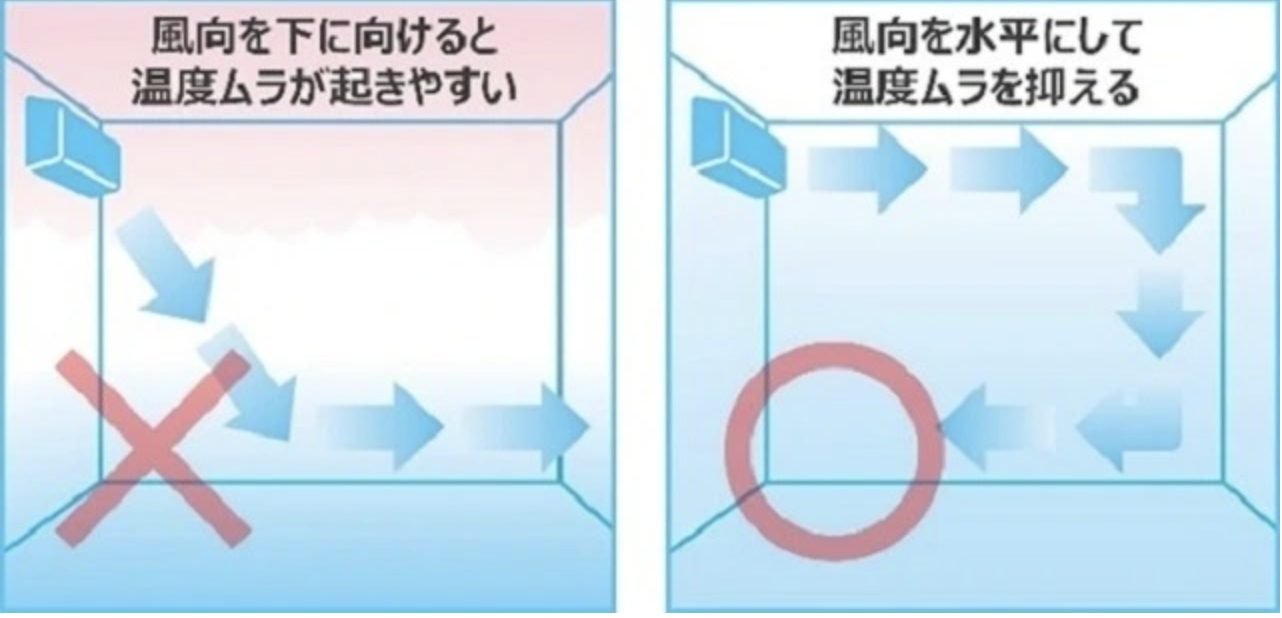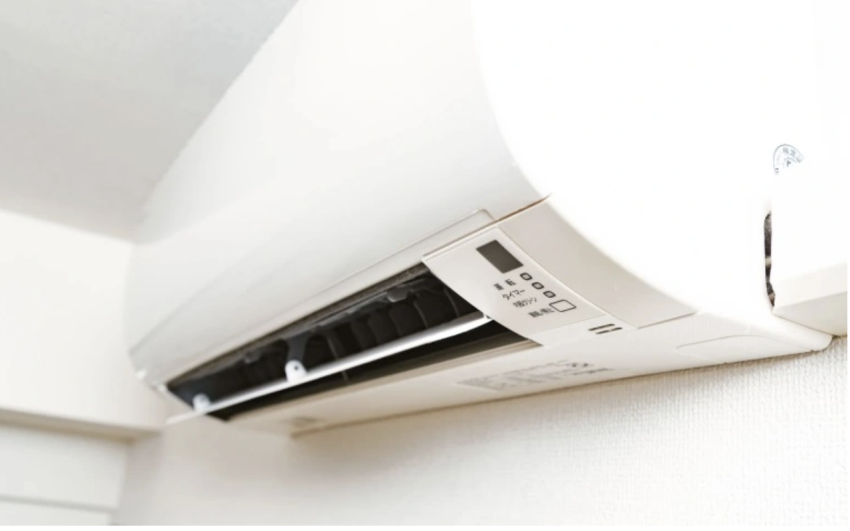Summer is hot and humid in Japan, and this year especially so. So it’s kind of surprising that in a recent survey from air conditioner manufacturer Daikin, quite a few people said they don’t like running their air conditioner in the summer.
Daikin collected responses from 1,046 people between the ages of 20 and 69, with about one in three saying that they keep their AC off during the summer. When asked why, the two most common responses were the electricity costs of running the AC and hadasamusa, which translates literally to “cold skin” and refers to an unpleasant chilly sensation.
You’ll notice, though, that neither of those reasons necessarily means that the person feels comfy with the AC off. So thankfully Daikin has some pointers for how to use your air conditioner to make your living space feel cool but not cold, and also how to keep your electricity costs down. And while it’s Daikin doling out the advice, it applies to pretty much any and all air conditioning units available in Japan, not just the ones Daikin makes. If you grew up in a country where centralized AC is the norm, like the U.S., these tips could be lifesavers if you’re transitioning to living in Japan right now.
1. Make sure your AC’s external equipment has an unimpeded air flow
▼ You want it to look like the picture on the left, not the one on the right.

Japanese air conditioners tend to have two parts: the interior equipment (the vents inside your apartment that blow out cold air) and the external equipment (the compressor and exhaust). Generally, the external equipment will be on your balcony, but given the compact size of Japanese homes, you might have some assorted clutter out there too. If you are storing stuff on the balcony, though, you’ll want to make sure that’s it’s not covering the air conditioner’s air intake or exhaust, though. Keeping those unobstructed and freely flowing is key to keeping the air blowing properly from the AC vents in your interior, which is critical for avoiding wasted electricity.
2. Clean your interior filters
▼ Again, left picture good, right picture bad.

The interior part of your unit has filters inside of it, and there should be an access panel that you can flip open or remove (the exact method varies by unit, but should be diagrammed in the instruction manual). Over time, these filters will fill up with dust and other airborne debris and keep the full amount of air from blowing out, with that inefficiency translating to wasted energy and a higher electricity bill since the AC is having to work harder to cool the room. Daikin recommends opening up the access panel and cleaning the filters once every two weeks, but even a single summertime cleaning goes a long way, so it’s something you’ll want to do at least once per season (preferably in the spring, but better late than never).
3. Angle of attack
▼ This time the image on the right is what you want to do.

Japanese air conditioners are usually mounted up near the ceiling and allow you to select the angle at which the air blows out (most commonly through buttons on the AC’s remote control). You might be tempted to point the vents down at yourself so that the cold air hits you ASAP, but Daikin recommends the exact opposite: keep the AC blowing out horizontally.
Since hot air rises, prior to turning on the AC the temperature is going to be higher up near the ceiling that it is down on the floor. Shooting the cold air downward at a steep angle is going to make the temperature gap even bigger, and that’s going to create humidity. As anyone who’s been through a Japanese summer can tell you, it’s the mugginess that can really make things brutal, more so than the heat. By keeping your AC blowing out horizontally, you’ll even out the temperature throughout the room, and the uniform conditions will help keep you from feeling sweaty and clammy, and as an added bonus, not getting hit directly with cold air will also alleviate that unwanted chilly hadasamusa sensation.
4. Get to know ****joshitsu unten

There can be a lot of buttons on Japanese AC remote controls, and a lot of them are labeled with words that might not have come up in a Japanese language class. One of the first ones you’re going to want to familiarize yourself with, though is joshitsu unten / 除湿運転, or the dehumidifier function.
Like we talked about above, “It’s not the heat, it’s the humidity” might be a cliche, but it’s also the absolute truth about summer in Japan. So pretty much all modern AC units sold in Japan now have not only cooling functions, but dehumidifying ones too. If the conditions inside your apartment are sweaty but not necessarily hot, hit the 除湿運転 and your AC will give you some relief without drastically dropping the temperature. Many AC units also have a jido unten (自動運転), or “automatic operation,” function, in which it’ll automatically combine dehumidifying and mild cooling in the necessary proportions to maximize comfort.
Source: Newscast
Insert images: Newscast, SoraNews24
Read more stories from SoraNews24.
-- Here’s one of the first things you should do if you just moved into a new apartment in Japan
-- The ultimate in water recycling: we try taking a bath in our dehumidifier water
-- Japanese summer is worse than summer in Death Valley, says our correspondent, a seasoned traveler
- External Link
- https://soranews24.com/2023/07/13/a-beginners-summertime-survival-guide-to-japanese-air-conditioners-4-tips-to-fight-the-heat/
















9 Comments
Login to comment
Elvis is here
Informative. Thank you.
nosuke
My AC is blasting at 19 right now its so hot out side today. Thanks for the info. One more think is make sure to clean the black bold in where the AC blows air. Over time black bold builds up.
Paul
Set to 26 and it's 35 outside, it feels comfortable indoors.
wallace
The dehumidifier works very well lowering the temperature with less electricity. An additional small fan on the floor, the 360º type helps circulate the air better.
Clean the units before the summer begins including wiping with alcohol to kill mold.
Most modern units are more eco-friendly and have a cleaning button on the controller which should be used once per week.
Buy new units in the winter when cheaper.
They are more expensive when used for heating.
Speed
My dehumidifier keeps the room really cool. In fact, pretty cold. It uses less power so you can save money that way. Good and timely article.
tamanegi
Air conditioning at my place set to 21 degrees 24/7 since mid June and until at least Halloween.
餓死鬼
I haven't turned on my AC yet, but that probably won't last (unless I go camp in the nearest supermarket until October). Opened it up today and found the filters look like the right picture bad above, so time for step 2.
GBR48
Keep your aircon clean. For an increasing period of the summer it will be the most important piece of tech you own.
Use black-out curtains or large pieces of cardboard to block the sun from entering. It will heat up the air in your home. Aircon works best in a sealed environment. If you have a HEPA filter to protect against pollen, especially so. Don't open your windows to ventilate your home if the air outside is warmer. Only use basic fans when you are in front of them. They do not cool air, but make you feel cooler when the air is blown over your skin. They will also heat up if used non-stop for too long. Evaporative air coolers provide some relief if you have not got aircon - add ice packs/cubes to the water.
Drink more water. Sleep on slightly damp towels. Ignore your usual routine. There is no benefit in exercising during extremely hot weather. Most domestic chores can wait.
For longer term relief (Southern Europe/US), become temporarily nocturnal. Sleep during the day and work/shop at night. It's a really simple and effective solution. We may all have to switch to this for parts of the summer in the future. You don't have to wait for the government to organise it, just do it.
Of course the easiest solution, if you can, is to go on holiday somewhere cooler until the heat wave passes. If you live in Tokyo or further South and have a dilapidated family home in the North/West of Japan, you might want to consider doing it up as your Summer home, if you can work from home temporarily or permanently.
wallace
GBR48
Most Japanese homes have metal shutters. People also put bamboo screens on the outside of the windows.